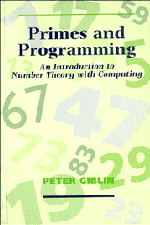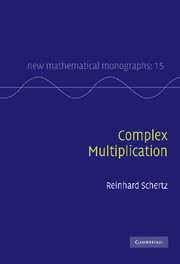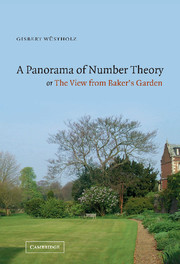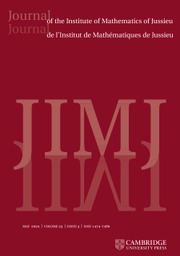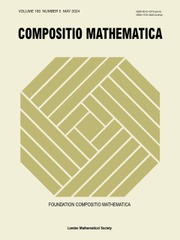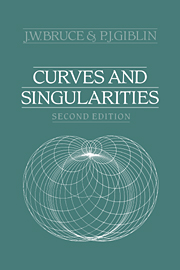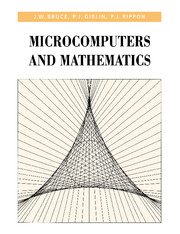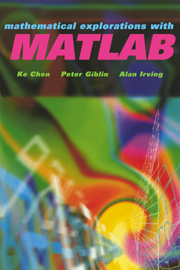Primes and Programming
Peter Giblin describes, in the context of an introduction to the theory of numbers, some of the more elementary methods for factorization and primality testing; that is, methods independent of a knowledge of other areas of mathematics. Indeed everything is developed from scratch so the mathematical prerequisites are minimal. An essential feature of the book is the large number of computer programs (written in Pascal) and a wealth of computational exercises and projects, in addition to more usual theory exercises. The theoretical development includes continued fractions and quadratic residues, directed always towards the two fundamental problems of primality testing and factorization. There is time, all the same, to include a number of topics and projects of a purely "recreational" nature.
Reviews & endorsements
"An interesting, sophisticated introduction to number theory..." American Mathematical Monthly
"Of the many volumes I have seen about `number theory and computing', this delightful, if unorthodox, introductory text is probably the finest...a great strength of this book is its emphasis on computing and on computing examples. There are several programs included in the text, often different algorithms for achieving the same computational result, and both theoretical and practical reasons for preferring one method over another are discussed. The programming language is Pascal, which is perfectly appropriate...[and] there are a great many numerial exercises and examples...only the deadest of students could possibly consider this dry; the author has brought life and energy to the subject by his presentation." Duncan Buell, Mathematical Reviews
Product details
September 1993Paperback
9780521409889
252 pages
225 × 150 × 14 mm
0.38kg
12 b/w illus.
Available
Table of Contents
- Preface
- 1. The fundamental theorem, GCDs and LCMs
- 2. Listing primes
- 3. Congruences
- 4. Powers and pseudoprimes
- 5. Miller's test and strong pseudoprimes
- 6. Euler's theorem, orders and primality testing
- 7. Cryptography
- 8. Primitive roots
- 9. The number of divisors d and the sum of divisors
- 10. Continued fractions and factoring
- 11. Quadratic residues
- References
- Index.

